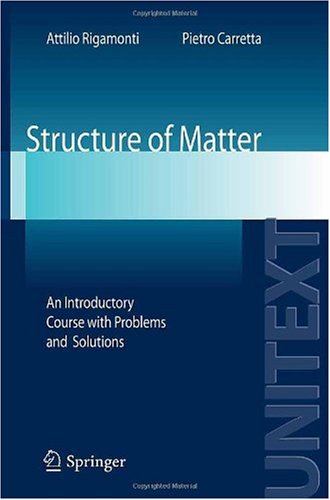

Most ebook files are in PDF format, so you can easily read them using various software such as Foxit Reader or directly on the Google Chrome browser.
Some ebook files are released by publishers in other formats such as .awz, .mobi, .epub, .fb2, etc. You may need to install specific software to read these formats on mobile/PC, such as Calibre.
Please read the tutorial at this link: https://ebookbell.com/faq
We offer FREE conversion to the popular formats you request; however, this may take some time. Therefore, right after payment, please email us, and we will try to provide the service as quickly as possible.
For some exceptional file formats or broken links (if any), please refrain from opening any disputes. Instead, email us first, and we will try to assist within a maximum of 6 hours.
EbookBell Team

5.0
80 reviewsThis is the second edition of this textbook, the original of which was published in 2007.
Initial undergraduate studies in physics are usually in an organized format devoted to elementary aspects, which is then followed by advanced programmes in specialized fields. A difficult task is to provide a formative introduction in the early period, suitable as a base for courses more complex, thus bridging the wide gap between elementary physics and topics pertaining to research activities. This textbook remains an endeavour toward that goal, and is based on a mixture of simplified institutional theory and solved problems. In this way, the hope is to provide physical insight, basic knowledge and motivation, without impeding advanced learning.
The choice has been to limit the focus to key concepts and to those aspects most typical of atoms, molecules and compounds, by looking at the basic, structural components, without paying detailed attention to the properties possessed by them. Problems are intertwined with formal presentations of the arguments presented, designed as an intrinsic part of the pathway by which the student should move in order to grasp the key concepts.
The purpose of the blend of intuition–theory exercises in this text is to favour the acquisition of basic knowledge in the wide and wonderful field of condensed matter, with an emphasis on how phenomenological properties originate from the microscopic, quantum features of nature.
The text has been completely revised. The subject index has been considerably extended and some figures amended in order to help the reader to better perceive the physical issues. However, the general purpose of this text remains the same as in the first edition.